The next Beaver Moon in Earth’s Southern hemisphere will occur on Thursday, May 23 at 11:52 PM Australian Eastern Standard Time (AEST). On this day, the moon will be in Sagittarius.
There is a common concept regarding the full moon calendar that different people would have given different full moon names depending upon their native place or their cultural lifestyle. But, sadly, that is not the case with the people living in the southern hemisphere.
You will be baffled to know that the full moon names in the southern hemisphere are the same as those of the northern hemisphere, just the seasonal difference. Wanna know why??? Well, because the people living in the southern hemisphere (let’s say Australia, South Africa, or New Zealand) are none other than European settlers.
In other words, you can say that European settlers, at first, integrated the Native American full moon names into their modern Georgian calendar. And, later, many of these full moon names went with them to new places around the world.
This article will give you a complete overview of the 2024 southern hemisphere’s full moon names with their lunar dates, time, and moon sign. So, just buckle up. And if you see anything goes wrong, let me know in the comment section. Let’s Dive right in…!!!
Full Moon Calendar 2024 – Southern Hemisphere
| Full Moon Names | Date | Time | Moon Sign |
| Buck Moon | Friday, January 26 | 04:53 (AEDT). | Leo |
| Sturgeon Moon | Saturday, February 24 | 23:30 (AEDT). | Virgo |
| Harvest Moon | Monday, March 25 | 18:00 (AEDT). | Libra |
| Hunter’s Moon | Wednesday, April 24 | 09:48 (AEST). | Scorpio |
| Beaver Moon | Thursday, May 23 | 23:52 (AEST). | Sagittarius |
| Cold Moon | Saturday, June 22 | 11:07 (AEST). | Capricorn |
| Wolf Moon | Sunday, July 21 | 20:16 (AEST). | Capricorn |
| Snow Moon | Tuesday, August 20 | 04:25 (AEST). | Aquarius |
| Worm Moon | Wednesday, September 18 | 12:34 (AEST). | Pisces |
| Pink Moon | Thursday, October 17 | 22:26 (AEDT). | Aries |
| Flower Moon | Saturday, November 16 | 08:18 (AEDT). | Taurus |
| Strawberry Moon | Sunday, December 15 | 20:01 (AEDT). | Gemini |
Full Moon in January 2024 – Buck Moon
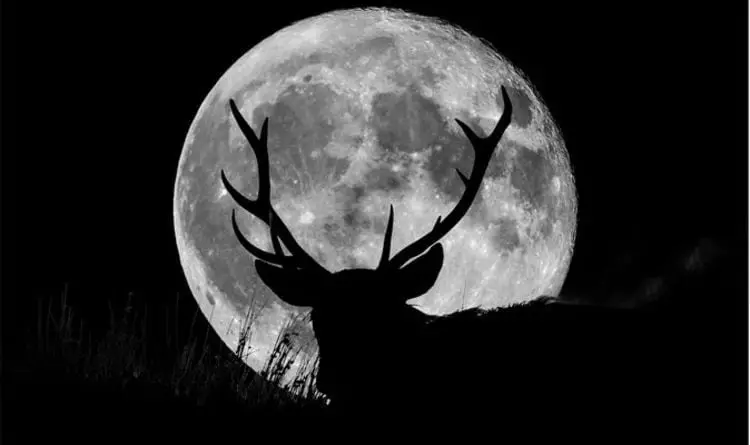
In the southern hemisphere, the full moon in January is known as Buck Moon. The name Buck Moon emerged from Buck’s forehead. WHY? Because during this time of the year, Buck (Male Deer) shed their old antlers and grow new ones every year.
When is the next full moon in January 2024 in the southern hemisphere?
The next full moon in January will occur on Friday, January 26 at 04:53 Australian Eastern Daylight Time (AEDT). Not to mention, on this day, the moon will be in Leo.
Apart from the Buck Moon, the other January full moon names in the southern hemisphere are Hay Moon, Wort Moon, Thunder Moon, Mead Moon, etc.
Full Moon in February 2024 – Sturgeon Moon
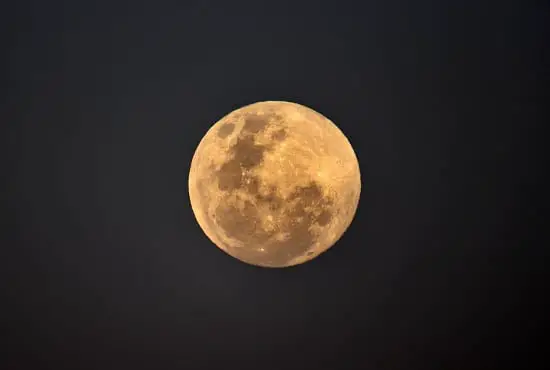
In the southern hemisphere, the full moon in February is known as Sturgeon Moon. WHY? Because there could be a large number of freshwater fishes can be found in the lakes as well as in the rivers, especially Lake Sturgeons. Hence, they named it Sturgeon Moon.
When is the next full moon in February 2024 in the southern hemisphere?
The next full moon in February will occur on Saturday, February 24 at 23:30 Australian Eastern Daylight Time (AEDT). Not to mention, on this day, the moon will be in Virgo.
Apart from the Sturgeon moon, the other February full moon names in the southern hemisphere are Grain Moon, Red Moon, Dog Moon, Green Moon, etc.
Full Moon in March 2024 – Harvest Moon
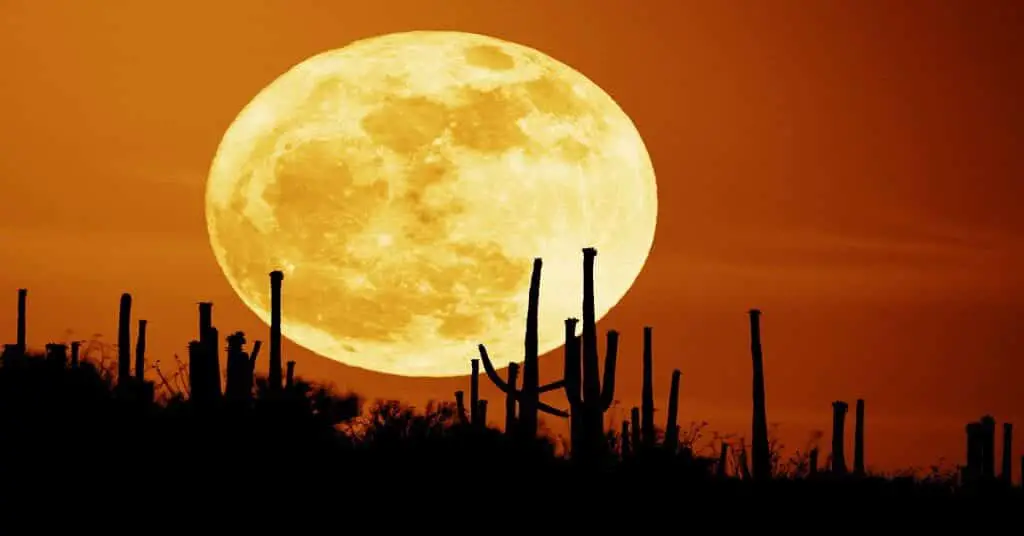
In the southern hemisphere, the full moon in March is known as the Harvest Moon. WHY? Because this is the time of the year when harvesting takes place.
Moreover, this will also be the last full moon before the arrival of the March Equinox. March Equinox i.e the first day of fall in the southern hemisphere will occur on Tuesday, March 21 at 08:25 Australian Eastern Daylight Time (AEDT).
When is the next full moon in March 2024 in the southern hemisphere?
The next full moon in March will occur on Monday, March 25 at 18:00 Australian Eastern Daylight Time (AEDT). Not to mention, on this day, the moon will be in Libra.
Apart from the Harvest Moon, the other March full moon names in the southern hemisphere are Corn Moon, Barley Moon, Fruit Moon, etc.
Full Moon in April 2024 – Hunter’s Moon
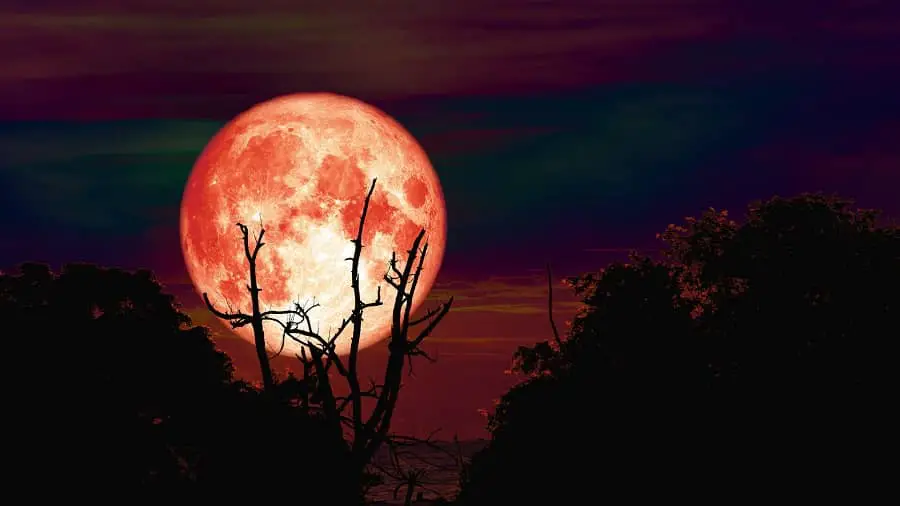
In the southern hemisphere, the full moon in April is known as the Hunter’s Moon. WHY? Because it is generally the time to prepare for the upcoming winter season.
In other words, in the southern hemisphere, this is the month when the game is fattened. And for that, tribal people start hunting and preserving meat for the winter season. Hence, known as the hunter’s moon.
When is the next full moon in April 2024 in the southern hemisphere?
According to the full moon calendar, the next full moon in April will occur on Wednesday, April 24 at 09:48 Australian Eastern Standard Time (AEST). Not to mention, on this day, the moon will be in Scorpio.
Apart from the hunter’s moon, the other April full moon names in the southern hemisphere are Dying Grass Moon, Travel Moon, etc.
Full Moon in May 2024 – Beaver Moon
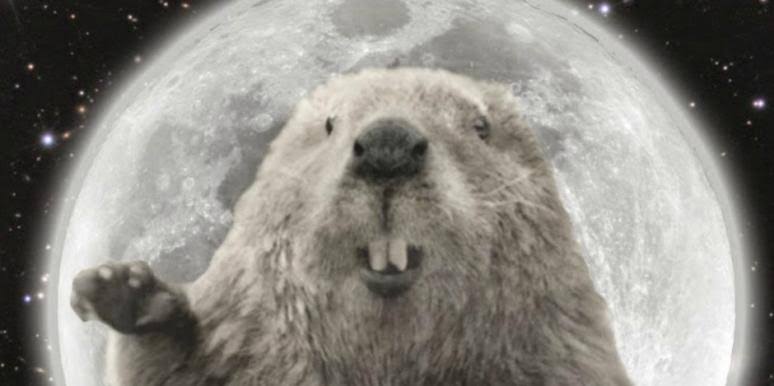
In the southern hemisphere, the full moon in May is known as the Beaver Moon. WHY? Because during this time of the year, these semiaquatic rodents vigorously start to build their dams of wood and mud for the forthcoming winter season.
When is the next full moon in May 2024 in the southern hemisphere?
According to the full moon calendar, the next full moon in May will occur on Thursday, May 23 at 23:52 Australian Eastern Standard Time (AEST). Not to mention, on this day, the moon will be in Sagittarius.
Apart from the Beaver Moon, the other May full moon names in the southern hemisphere are Mourning Moon, Sassafras Moon, Frost Moon, etc.
Full Moon in June 2024 – Cold Moon
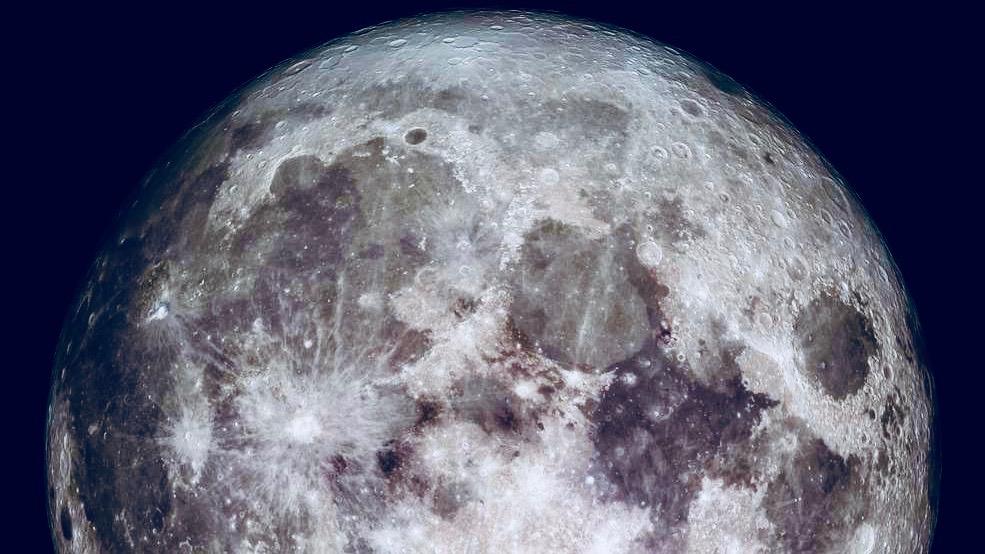
In the southern hemisphere, the full moon in June is known as the Cold Moon. WHY? Because in most of the southern hemisphere, the winter season truly begins in the month of June.
Moreover, this full moon will also be the last full moon before the arrival of the June Solstice. June Solstice i.e the first day of winter in the southern hemisphere will occur on Thursday, June 22 at 00:58 Australian Eastern Standard Time (AEST).
When is the next full moon in June 2024 in the southern hemisphere?
According to the full moon calendar, the next full moon in June will occur on Saturday, June 22 at 11:07 Australian Eastern Standard Time (AEST). Not to mention, on this day, the moon will be in Capricorn.
Apart from the Cold Moon, the other June full moon names in the southern hemisphere are Oak Moon, Long Night’s Moon, etc.
Full Moon in July 2024 – Wolf Moon
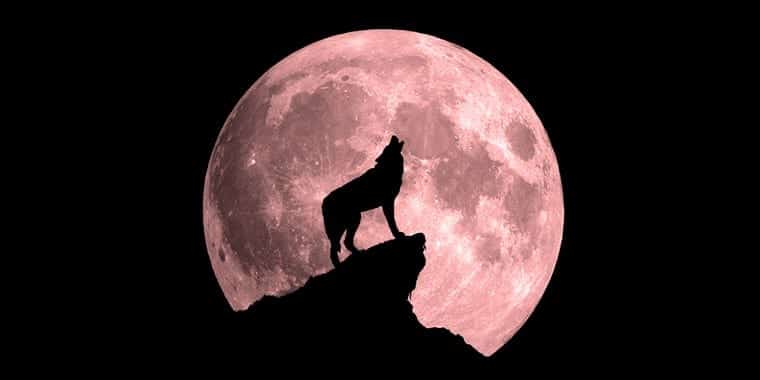
In the southern hemisphere, the full moon in July is known as Wolf Moon. WHY? Because it is historically said that people would hear wolves howling at the full moon.
When is the next full moon in July 2024 in the southern hemisphere?
According to the full moon calendar, the next full moon in July will occur on Sunday, July 21 at 20:16 Australian Eastern Standard Time (AEST). Not to mention, on this day, the moon will be in Capricorn.
Apart from the wolf moon, other July full moon names in the southern hemisphere are Old Moon, Ice Moon, Winter Moon, etc.
Full Moon in August 2024 – Snow Moon
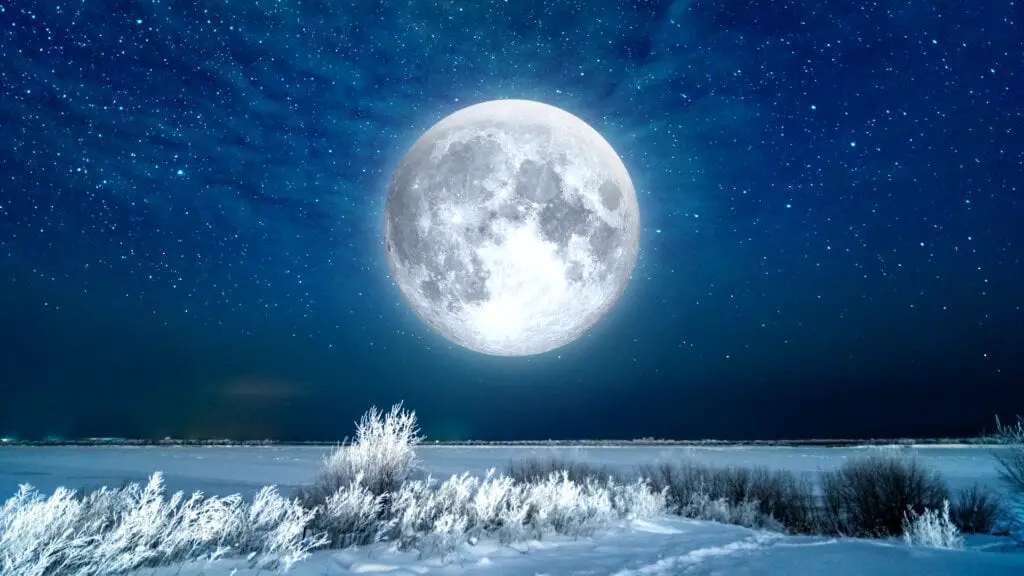
In the southern hemisphere, the full moon in August is known as Snow Moon named after snow on the ground.
When is the next full moon in August 2024 in the southern hemisphere?
According to the full moon calendar, the next full moon in August will occur on Tuesday, August 20 at 04:25 Australian Eastern Standard Time (AEST). Not to mention, the moon will be in Aquarius.
Apart from the snow moon, the other August full moon names in the southern hemisphere are Storm Moon, Hunger Moon, etc.
Editor’s Choice: Hindu Full Moon Calendar 2024 (Purnima Dates, Names & Moon Sign)
Full Moon in September 2024 – Worm Moon
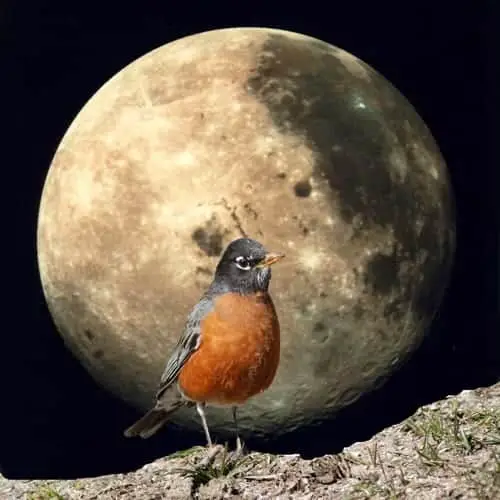
In the southern hemisphere, the full moon in September is known as the Worm Moon. WHY? Because this full moon marks the end of the winter season.
This full moon will also be the first full moon after the arrival of the September Equinox. September Equinox i.e the first day of spring in the southern hemisphere will occur on Saturday, September 23 at 16:50 Australian Eastern Standard Time (AEST).
When is the next full moon in September 2024 in the southern hemisphere?
According to the full moon calendar, the next full moon in September will occur on Wednesday, September 18 at 12:34 Australian Eastern Standard Time (AEST). Not to mention, on this day, the moon will be in Pisces.
Apart from the worm moon, the other September full moon names in the southern hemisphere are Crow Moon, Chaste Moon, Crust Moon, Sap Moon, etc.
Full Moon in October 2024 – Pink Moon
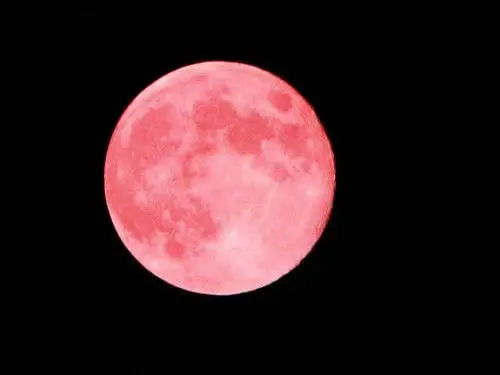
In the southern hemisphere, the full moon in October is known as the Pink Moon. WHY? Because the name Pink Moon signifies the arrival of one of the first spring flowers.
When is the next full moon in October 2024 in the southern hemisphere?
According to the full moon calendar, the next full moon in October will occur on Thursday, October 17 at 22:26 Australian Eastern Daylight Time (AEDT). Not to mention, on this day, the moon will be in Aries.
Apart from the pink moon, the other October full moon names in the southern hemisphere are Egg Moon, Seed Moon, Waking Moon, etc.
Full Moon in November 2024 – Flower Moon
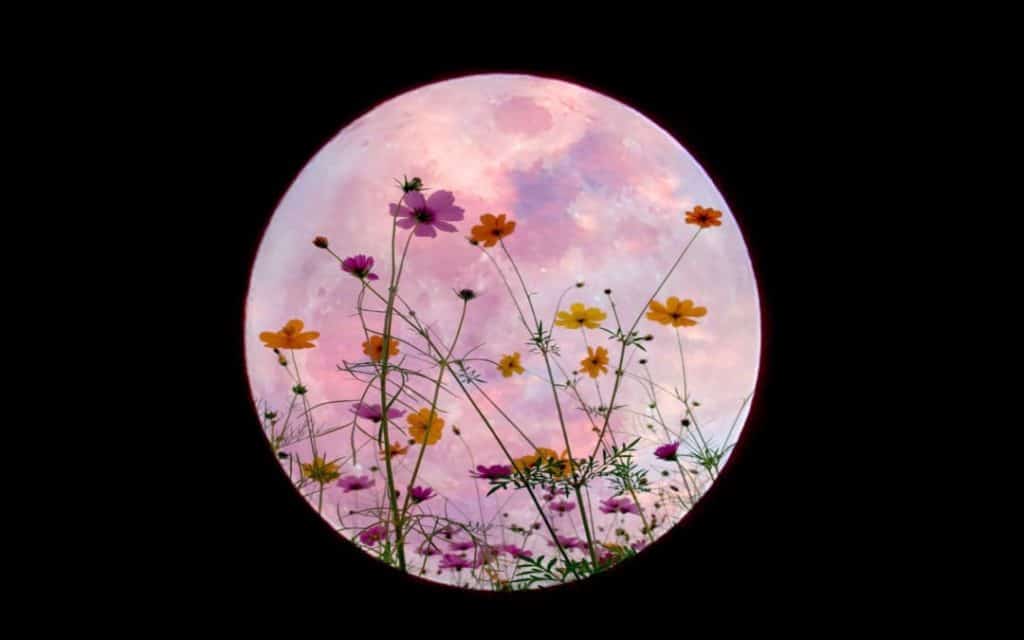
In the southern hemisphere, the full moon in November is known as the Flower Moon. WHY? Because this month’s flower moon indicates the flowers that usually bloom in this month.
When is the next full moon in November 2024 in the southern hemisphere?
According to the full moon calendar, the next full moon in November will occur on Saturday, November 16 at 08:18 Australian Eastern Daylight Time (AEDT). Not to mention, on this day, the moon will be in Taurus.
Apart from the flower moon, the other November full moon names in the southern hemisphere are Corn Planting Moon, Milk Moon, Panther Moon, Hare Moon, etc.
Full Moon in December 2024 – Strawberry Moon
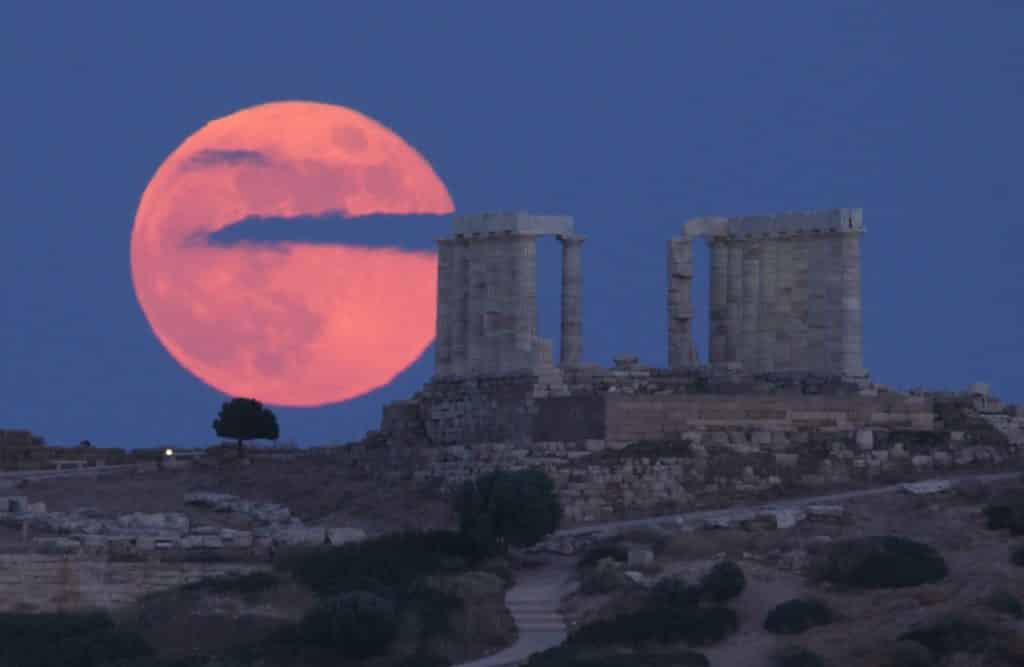
In the southern hemisphere, the full moon in December is known as the Strawberry Moon. WHY? Because this month’s full moon indicates the ripening of fruits (Strawberries).
On one hand, this month’s full moon will be the last full moon of 2024. On the other hand, it will also be the first full moon after the arrival of December Solstice. December Solstice i.e the first day of summer in the southern hemisphere will occur on Friday, December 22 at 14:28 Australian Eastern Daylight Time (AEDT).
When is the next full moon in December 2024 in the southern hemisphere?
According to the full moon calendar, the next full moon in December will occur on Sunday, December 15 at 20:01 Australian Eastern Daylight Time (AEDT). Not to mention, on this day, the moon will be in Gemini.
Apart from the Strawberry moon, the other December full moon names in the southern hemisphere are Rose Moon, Honey Moon, Hare Moon, etc.

So so interesting
Hey Maddie
Thank you for your feedback. Keep visiting us!!!
Hi Atul
I enjoyed your article. Update on Full moon names in South Africa. Since September 2020 we have our own unique names!
Read:
South Africa
Centre for Astronomical Heritage
here: https://cfah.org.za/fullmoon/
2021 Jun 24, 20:42 Sisters Moon
Hey Retha, Thank you so much for this latest info. I am definitely looking forward to writing an article based on the full moon names in South Africa.
Keep visiting us…!!! Cheers
Aotearoa/New Zealand has it’s own indigenous cultures, divisions and expressions of seasons that have survived colonisation by the English.
As I suspect does Australia, which used to have peoples speaking over 3OO separate languages.
American colonisation is a regrettable 20th century phenomenon.
Given that we don’t have Half the animals that are mentioned in the moon names it’s kind of silly to use them in Australia. As far as I know, Neither Aborigines nor Torres Strait Islanders had moon names.
Someone Proposed these names for Australian moons:
Fire Moon
Dry Moon
Fish Moon
Ant Moon
Seed Moon
Kangaroo Moon
Crow Moon
Grass Tree Moon
Magpie Moon
Wildflower Moon
Banksia Moon
Snake Moon
Frog Moon
They make more sense here than these names. Arguably you could simply call the Frog Moon the Fire Moon, since this was taken from a 13 full moon year
Hello Robert,
Could you please provide more detail about these full moon names used in Australia? Keep visiting us…!!!
Thanks for your very informative work. In Australia the seasonal change kicks in on the 1st day of the of calendar month of the equinox and solstice. i.e. 1 March- autumn, 1June- winter, 1 Sept-spring, 1 Dec-summer. When I moved from N. America to Australia I was surprised at how many people were not aware of the equinox and solstice. I raised my children knowing about them and always taking note of full moons and eclipses.